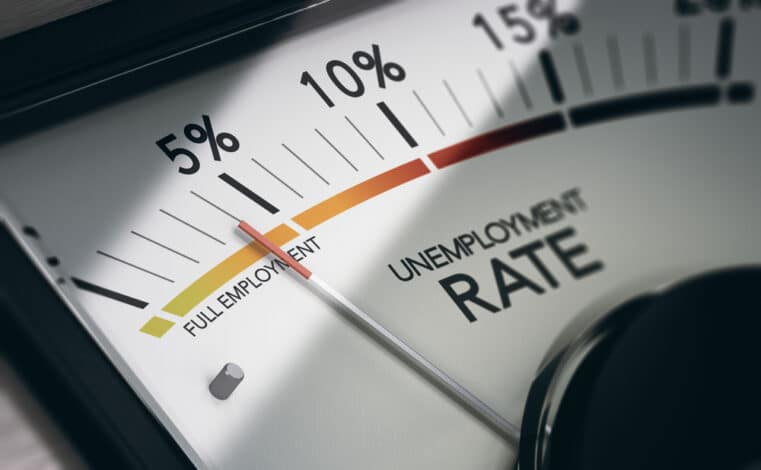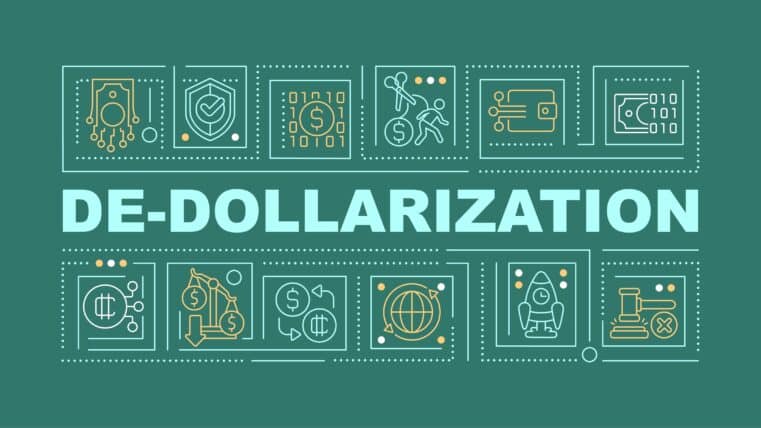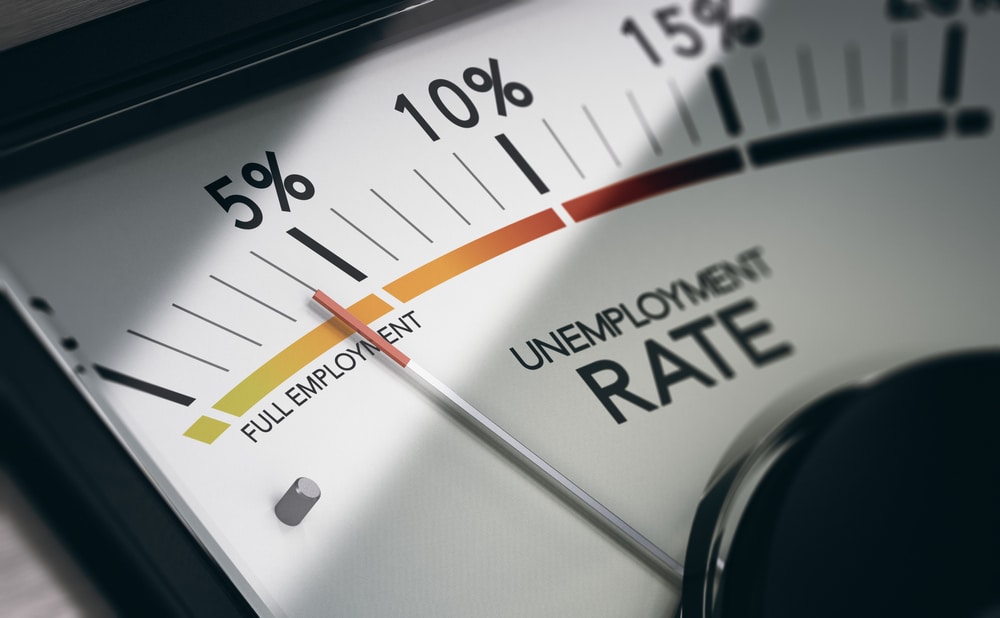
The Connection Between Gold Prices And U.S. Home Sales
EDITOR'S NOTE: In this article, we explore the intriguing relationship between gold prices and the U.S. housing market. As gold prices often serve as a barometer for global economic health, understanding the factors driving the recent decline in gold prices is crucial. The article highlights the 5.2% drop in U.S. pending home sales in March as a potential contributing factor.
By examining the intricate connections between these two seemingly unrelated markets, you might get a more comprehensive understanding of how various economic indicators can influence one another. This knowledge is vital for all investors looking to make the most informed decisions with regard to their financial future.
(Kitco News) - A drop in the number of U.S. consumers who have started the process of buying a new home is having little impact on gold prices as markets continue to focus on persistent inflation pressures.
The U.S. pending home sales index dropped 5.2% in March, falling to 78.9, following an unchanged reading in February, the National Association of Realtors (NAR) said on Thursday. The consensus forecast called for an increase of 0.6%.
For the year, pending home sales are down 23.2%, the report said.
The disappointing housing data is not having much impact on gold as prices are lower, unable to hold support above $2,000 an ounce. June gold futures last traded at $1,993.50 an ounce, down 0.13% on the day.
Economists pay close attention to the pending home sales numbers because the index is seen as a forward-looking barometer for the housing market. A lag of a month or two usually exists between a contract and a completed sale.
NAR Chief Economist Lawrence Yun said that the market is struggling as inventory remains low, giving consumers fewer options to buy.
"Multiple offers are still occurring on about a third of all listings, and 28% of homes are selling above list price. Limited housing supply is simply not meeting demand nationally," he said.
Despite the disappointing housing numbers, the NAR expects to see growth in the second half of the year as the Federal Reserve looks to raise interest rates one last time by 25 basis points next week.
"Sales in the second half of the year should be notably better than the first half as job gains continue and more favorable mortgage rates are expected," said Yun in the report. "Sales of new homes are already matching 2019 pre-COVID activity and are expected to increase in 2023, largely due to plentiful inventory in this segment of the market."











